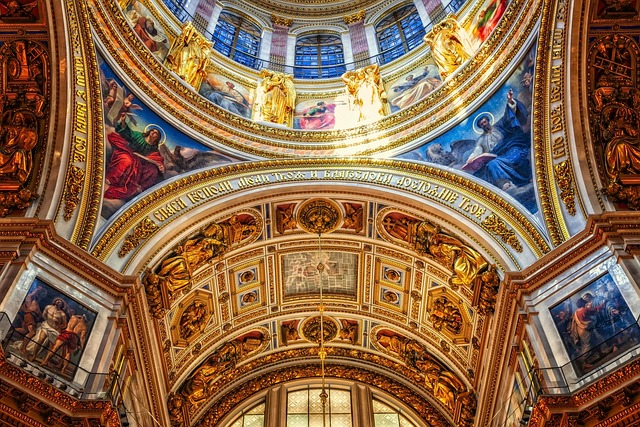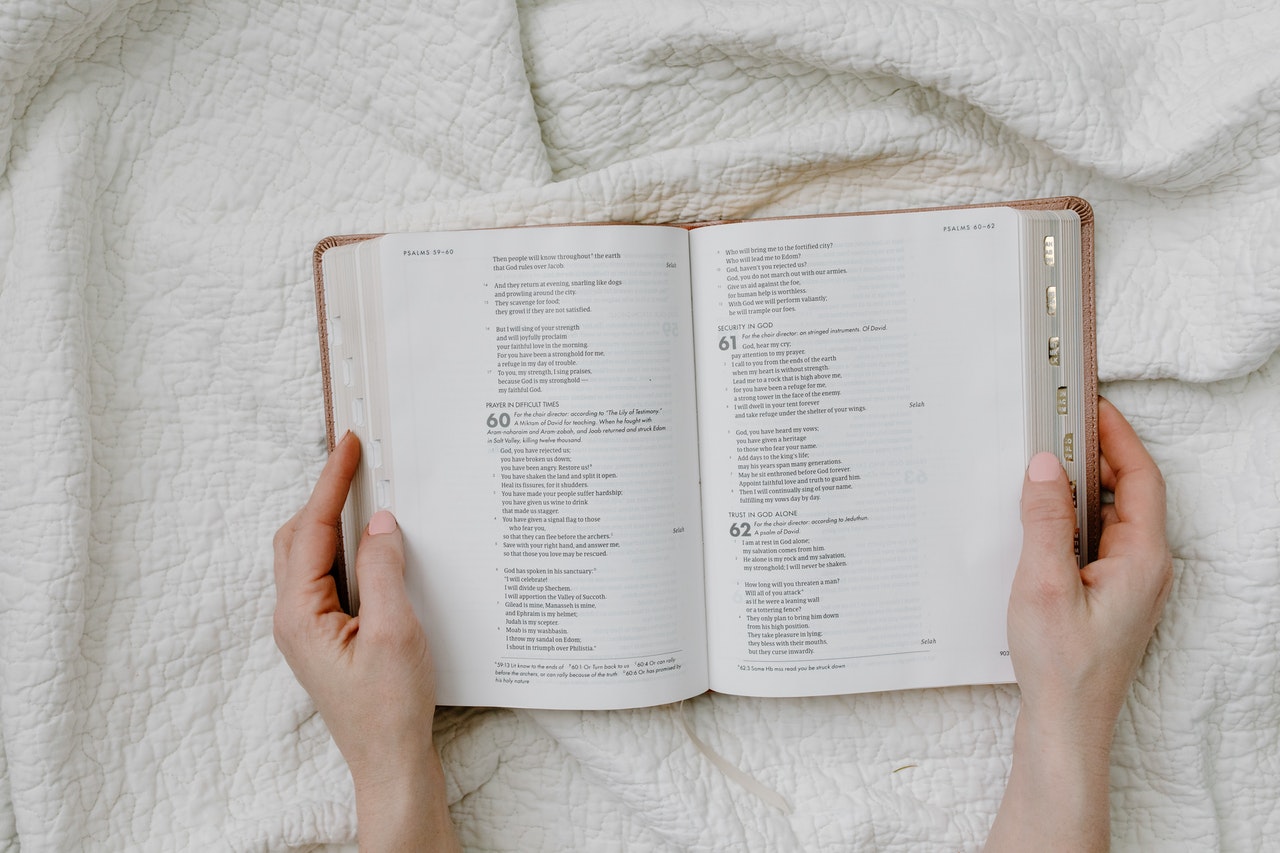Orthodox versus Catholic refers to the differences between the Eastern Orthodox Church and the Roman Catholic Church. These two branches of Christianity have distinct theological, liturgical, and organizational differences that have led to their separation since the Great Schism of 1054. While both share common beliefs and practices, there are notable variations in areas such as church governance, the role of the Pope, the use of icons, and the understanding of original sin. Understanding these differences is essential to grasp the unique characteristics and traditions of each branch.
Table of Contents
History and Origins of Orthodox and Catholic Churches
The history and origins of the Orthodox and Catholic churches are fascinating and complex. Both of these Christian denominations have deep roots that stretch back to the early days of Christianity. While they share many similarities, there are also significant differences between the two.
The Orthodox Church traces its origins back to the apostles themselves. It claims to be the original Christian Church, founded by Jesus Christ and his disciples. The word “Orthodox” means “right belief” or “correct teaching,” and this is a central tenet of the faith. The Orthodox Church believes in the importance of tradition and the preservation of ancient practices and teachings.
On the other hand, the Catholic Church also claims to have been founded by Jesus Christ, with the apostle Peter as its first leader. The word “Catholic” means “universal,” and this reflects the church’s belief in its worldwide mission. The Catholic Church places a strong emphasis on the authority of the Pope, who is considered the successor of Peter and the head of the Church.
The split between the Orthodox and Catholic churches occurred in 1054 and is known as the Great Schism. This division was the result of a combination of theological, political, and cultural differences. One of the main points of contention was the authority of the Pope. The Orthodox Church rejected the Pope’s claim to universal authority and instead emphasized the autonomy of individual bishops and local churches.
Another significant difference between the two churches is their approach to liturgy and worship. The Orthodox Church places a great deal of importance on the beauty and symbolism of its worship services. Icons, incense, and elaborate rituals are all integral parts of Orthodox worship. In contrast, the Catholic Church has a more structured and formal liturgy, with a focus on the Eucharist as the central act of worship.
Despite these differences, there are also many similarities between the Orthodox and Catholic churches. Both believe in the Holy Trinity, the divinity of Jesus Christ, and the importance of the sacraments. Both also have a rich tradition of saints and martyrs, and both have produced great theologians and thinkers throughout history.
Over the centuries, there have been attempts to heal the divide between the Orthodox and Catholic churches. In recent years, there have been dialogues and discussions aimed at finding common ground and resolving theological differences. While progress has been made, there are still significant obstacles to full unity.
In conclusion, the history and origins of the Orthodox and Catholic churches are complex and intertwined. Both have deep roots in the early days of Christianity and share many similarities in their beliefs and practices. However, there are also significant differences between the two, particularly in terms of authority and worship. Despite these differences, there have been efforts to bridge the gap and find common ground. The story of the Orthodox and Catholic churches is a testament to the enduring power and diversity of the Christian faith.
Differences in Doctrine and Beliefs between Orthodox and Catholic Churches

Orthodox Versus Catholic: Differences in Doctrine and Beliefs between Orthodox and Catholic Churches
When it comes to Christianity, there are various denominations that have their own unique beliefs and practices. Two of the most prominent branches are the Orthodox and Catholic Churches. While they share a common foundation in Christianity, there are significant differences in their doctrines and beliefs that set them apart.
One of the key distinctions between the Orthodox and Catholic Churches lies in their understanding of the Holy Trinity. Both believe in the Father, Son, and Holy Spirit, but the Orthodox Church places a greater emphasis on the Holy Spirit. They believe that the Holy Spirit proceeds only from the Father, while the Catholic Church teaches that the Holy Spirit proceeds from both the Father and the Son. This difference in the understanding of the Holy Spirit’s procession has been a point of contention between the two branches for centuries.
Another area of divergence is the role of the Pope. In the Catholic Church, the Pope is considered the head of the Church and has the authority to make infallible declarations on matters of faith and morals. On the other hand, the Orthodox Church does not recognize the Pope as having universal jurisdiction or infallibility. Instead, they believe in a conciliar model of decision-making, where decisions are made collectively by bishops in council. This difference in ecclesiastical structure has been a major obstacle to unity between the two branches.
The issue of original sin is another point of contention between the Orthodox and Catholic Churches. The Catholic Church teaches that all humans inherit the guilt of Adam and Eve’s sin, known as original sin, and are in need of salvation through baptism. In contrast, the Orthodox Church believes that while humans inherit the consequences of Adam and Eve’s sin, they do not inherit the guilt. They believe that baptism is a means of cleansing and initiation into the Church, rather than a remedy for original sin. This difference in understanding has led to different practices and rituals surrounding baptism in the two branches.
The veneration of saints is another area where the Orthodox and Catholic Churches differ. Both branches believe in the intercession of saints, but the Orthodox Church places a greater emphasis on the role of icons in their worship. Icons are considered windows to the divine and are used as aids in prayer and meditation. The Catholic Church also venerates icons, but they have a more extensive tradition of canonizing saints and celebrating their feast days. This difference in emphasis on icons and saints has led to variations in the liturgical practices of the two branches.
Despite these differences, it is important to note that the Orthodox and Catholic Churches also share many common beliefs and practices. Both believe in the divinity of Jesus Christ, the importance of the sacraments, and the need for repentance and forgiveness. They also share a rich history and tradition that has shaped the development of Christianity over the centuries.
In conclusion, while the Orthodox and Catholic Churches share a common foundation in Christianity, there are significant differences in their doctrines and beliefs. These differences range from their understanding of the Holy Trinity and the role of the Pope to their views on original sin and the veneration of saints. However, it is important to approach these differences with respect and understanding, recognizing that both branches have contributed to the rich tapestry of Christian faith and practice.
Liturgical Practices and Rituals in Orthodox and Catholic Churches
When it comes to liturgical practices and rituals, Orthodox and Catholic churches have many similarities, but also some key differences. Both traditions place a strong emphasis on the sacraments and the importance of worship as a communal experience. However, the way these rituals are carried out can vary significantly between the two.
In both Orthodox and Catholic churches, the Eucharist is considered the central act of worship. Both traditions believe in the real presence of Christ in the bread and wine, and both celebrate the Eucharist during their liturgical services. However, there are some differences in the way this sacrament is administered.
In the Catholic Church, the Eucharist is typically distributed to the congregation by a priest or a deacon. The bread is usually a small, unleavened wafer, while the wine is offered in a chalice. In contrast, the Orthodox Church uses leavened bread for the Eucharist, and the wine is mixed with water before being distributed to the faithful. Additionally, in the Orthodox tradition, the Eucharist is often administered using a golden spoon, symbolizing the unity of the body and blood of Christ.
Another key difference between Orthodox and Catholic liturgical practices is the use of icons. Icons are religious images that are venerated and used as aids to prayer and meditation. While both traditions use icons, their significance and use can vary. In the Orthodox Church, icons are considered to be windows into the divine and are venerated as a way of connecting with the saints and the heavenly realm. Orthodox Christians often kiss and bow before icons as a sign of reverence. In the Catholic Church, icons are also used, but they are not venerated in the same way. Instead, they are seen as visual aids to help the faithful focus their prayers and thoughts.
The use of incense is another aspect of liturgical practice that differs between Orthodox and Catholic churches. In the Orthodox tradition, incense is used extensively during worship services. It is seen as a symbol of the prayers of the faithful rising to heaven and is used to purify the space and create a sense of reverence. In Catholic churches, incense is also used, but it is typically reserved for special occasions or specific parts of the liturgy, such as the procession or the blessing of the altar.
One final difference worth noting is the language used in liturgical services. In the Catholic Church, the liturgy is often celebrated in the local language, allowing the congregation to fully understand and participate in the worship. However, in the Orthodox Church, the liturgy is primarily conducted in ancient languages such as Greek, Slavonic, or Arabic. This can create a sense of mystery and transcendence, but it can also be a barrier for those who do not understand the language.
In conclusion, while Orthodox and Catholic churches share many common elements in their liturgical practices and rituals, there are also some important differences. These differences can be seen in the administration of the Eucharist, the use of icons, the use of incense, and the language used in worship. Despite these variations, both traditions place a strong emphasis on the sacraments and the communal nature of worship, seeking to connect with the divine and deepen their faith.
Ecumenical Movements and Efforts between Orthodox and Catholic Churches
Orthodox Versus Catholic: Ecumenical Movements and Efforts between Orthodox and Catholic Churches
When it comes to Christianity, two major branches dominate the religious landscape: Orthodox and Catholic. While they share a common foundation, there are distinct differences that have led to centuries of separation. However, in recent years, there has been a growing movement towards unity and understanding between these two ancient traditions.
One of the key factors that have fueled this ecumenical movement is the recognition of shared beliefs and practices. Both Orthodox and Catholic churches hold a deep reverence for the sacraments, the importance of liturgy, and the authority of the apostolic tradition. These commonalities have become a foundation for dialogue and cooperation between the two branches.
Another significant development in recent years has been the efforts made by leaders from both sides to bridge the theological divide. Theological dialogues and joint statements have been issued, aiming to address the doctrinal differences that have historically separated Orthodox and Catholic churches. These dialogues have focused on topics such as the role of the papacy, the nature of the Eucharist, and the understanding of salvation.
While progress has been made, it is important to acknowledge that there are still significant obstacles to overcome. One of the main stumbling blocks is the issue of primacy and the role of the Pope. Orthodox Christians have traditionally rejected the idea of papal supremacy, viewing it as a departure from the early church’s structure. Finding a common ground on this issue remains a challenge, but the ongoing dialogue offers hope for future reconciliation.
Another area of contention is the question of the filioque clause, which was added to the Nicene Creed by the Western Church. This addition, stating that the Holy Spirit proceeds from the Father “and the Son,” has been a point of disagreement between Orthodox and Catholic theologians for centuries. However, recent discussions have shown a willingness to explore alternative formulations that could be acceptable to both sides.
Despite these challenges, there have been significant steps towards unity in recent years. In 2016, Pope Francis and Patriarch Kirill of Moscow met in Cuba, marking the first meeting between a Pope and a Russian Orthodox Patriarch in nearly a thousand years. This historic encounter was seen as a symbol of hope and a catalyst for further dialogue and cooperation.
In addition to official dialogues, there have been numerous grassroots initiatives aimed at fostering understanding and friendship between Orthodox and Catholic communities. Interfaith prayer services, joint charitable projects, and cultural exchanges have all played a role in breaking down barriers and building bridges between these two traditions.
Ultimately, the ecumenical movement between Orthodox and Catholic churches is a journey towards unity and reconciliation. It is a recognition that despite our differences, we are all part of the same body of Christ. While there are still theological hurdles to overcome, the progress made in recent years gives reason for optimism.
As we continue on this path, it is important to approach these discussions with humility, respect, and a willingness to listen. By focusing on our shared beliefs and common goals, we can work towards a future where Orthodox and Catholic Christians can worship together, learn from one another, and bear witness to the love of Christ in a divided world.
Conclusion
In conclusion, the Orthodox and Catholic branches of Christianity have several similarities and differences. Both share a belief in the Holy Trinity, the divinity of Jesus Christ, and the importance of sacraments. However, they differ in terms of church structure, liturgical practices, and theological interpretations. The Orthodox Church places a greater emphasis on tradition and the authority of bishops, while the Catholic Church recognizes the authority of the Pope as the head of the Church. Despite these differences, both branches strive to uphold the teachings of Jesus Christ and serve as important pillars of the Christian faith.
For licensing reasons, we must provide the following notice: This content was created in part with the help of an AI.


